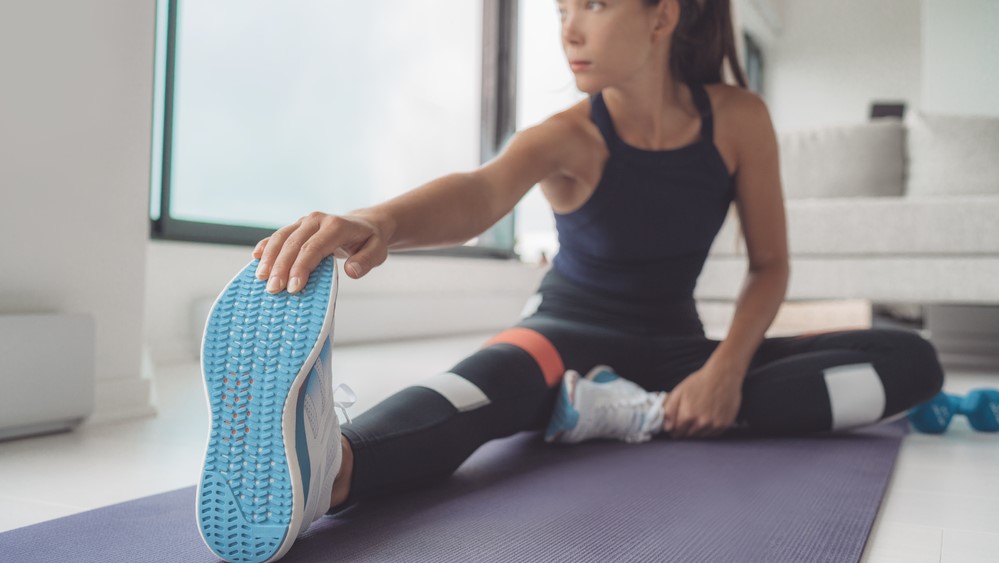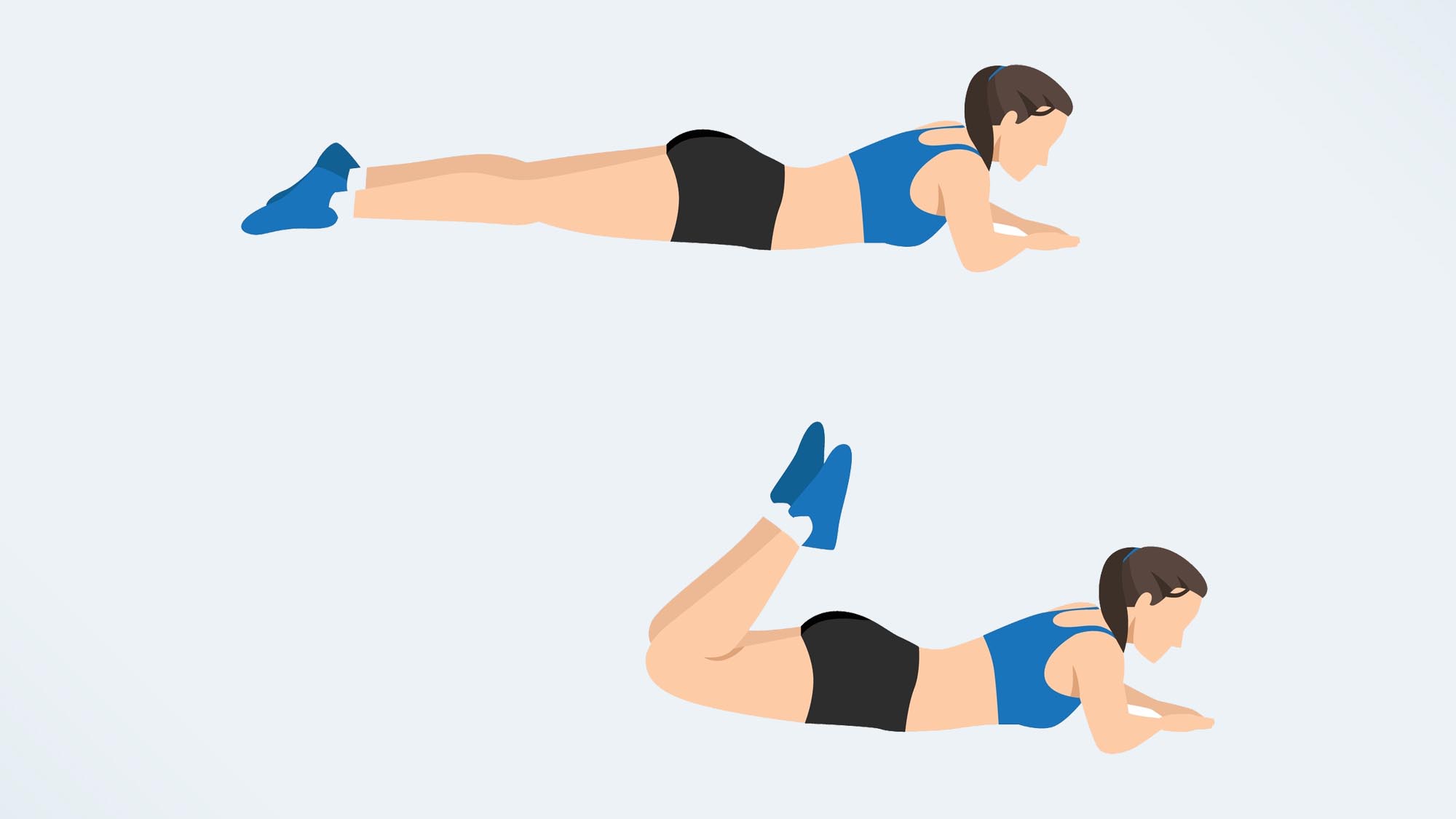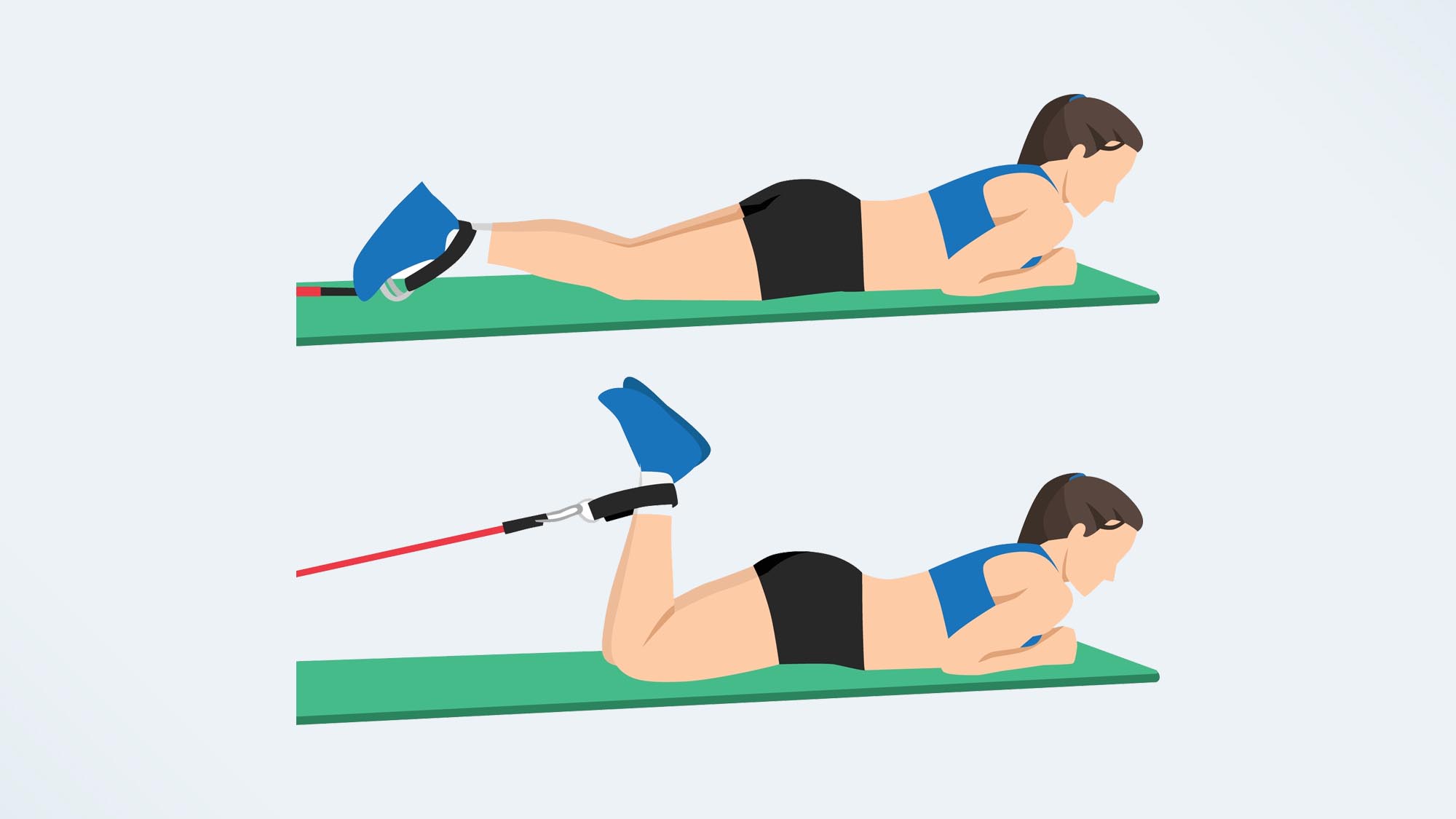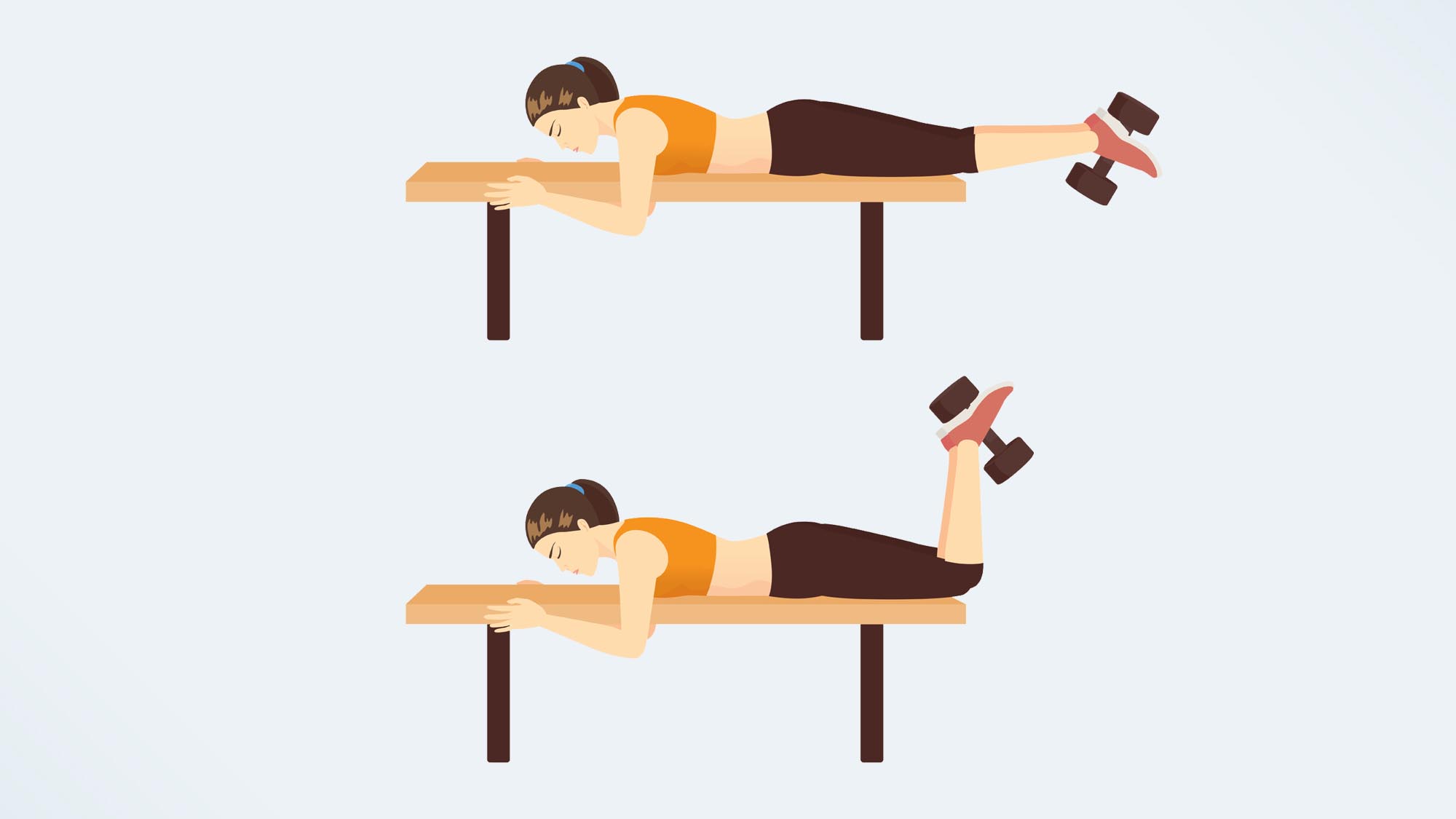I strengthened my hamstrings with this simple leg exercise — here’s how to do it

As a runner, I’m pretty lazy when it comes to strength training, but as I recover from an injury and start another marathon training plan, I’ve sought the help of some experts.
For the next 16 weeks, I’ll be doing two strength training sessions and four running sessions a week. The goal is to run faster on race day and to avoid any old injuries flaring up and derailing my training. Yet this week, I’ve torched my hamstrings to the point that walking down the stairs causes me to wince, and one exercise is to blame — hamstring curls.
Strong hamstrings are crucial to runners — they allow your knees, legs, hips, and back to function, and help prevent injury. Strong hamstrings and glutes can also help you run faster, and improve the overall strength of your legs. Like many runners, I find I am often quad-dominant, and struggle to ‘switch’ the back of my legs on when running.
Hamstring curls are one of the best hamstring exercises as it targets all three muscles in the hamstrings — the biceps femoris, semimembranosus, and semitendinosus, as well as your glutes. They can also be done with little to no equipment, so if you’re working out from home, this is one you can easily slot into your routine. Read on to find out more about how to do this exercise, the benefits, and the mistakes to look out for.
Looking for more workout inspiration? Here’s what 30 minutes on an exercise bike can do to your body, plus how to boost your metabolism without dieting.
How to do a hamstring curl
There are a number of different ways to add hamstring curls to your workout. The exercise can be done seated, standing, or even using a curl machine in the gym. For this article, I’ll be focusing on prone hamstring curls, which are performed lying on your stomach, either using your body weight, one of the best resistance bands, the best ankle weights, or the best adjustable dumbbells to add resistance.

To do a prone hamstring curl, start by lying on your stomach on an exercise mat. It’s important to keep your back neutral throughout the exercise — if you arch your lower back, your hamstrings won’t have to work as hard as you curl your legs upwards. Think about engaging your abs, and sucking your belly button into your spine throughout the exercise to prevent this from happening.
Get instant access to breaking news, the hottest reviews, great deals and helpful tips.
If you’re doing the hamstring curl with just your body weight, lie on your stomach with your legs straight and your feet hip-width apart. Engage your glutes and flex your ankles, then bend at the knee to raise your heels towards your glutes. Make sure your thighs and hips remain on the mat. Pause at the top, then lower your feet back towards the floor.

To up the intensity, hook a long resistance band around something solid, and place the other end around one heel at a time, or both heels. Increase the strength of the resistance band as you get stronger.

Alternatively, hold a dumbbell between your feet, curling the dumbbell up towards your glutes, then lowering it back down to the ground. Alternatively, if you have them, you can use a set of ankle weights instead of a dumbbell.
Remember to move slowly throughout the exercise and avoid jerking your legs, as this can lead to injury. If you feel pressure in your knees or back during the exercise, stop, and seek help from a personal trainer to ensure you’re form is correct.
I added hamstring curls to my leg sessions — here’s what I learned
It was easy to adapt
I’m not a huge fan of the gym — even as a fitness editor, I find the weights room overwhelming and I much prefer grabbing a set of dumbbells and working out from home. I loved how easy it was to adapt the hamstring curls. I started off with one 10-pound dumbbell between my feet and did the final set of reps with a 15-pound weight. During my second leg session of the week, I swapped the dumbbells for a heavy resistance band, as my hamstrings were really feeling it from the first rep.
I had to think about keeping my hips glued to the floor
I suffer from sciatica, so have to be mindful of my lower back when lifting weights. I had to think about keeping my hips pressed into the ground and my abs engaged throughout the exercise to prevent me from arching my back.
I also felt the move in my glutes
This is far more than just a hamstring workout. After four sets in both my strength workouts, I could feel the movement in my glutes and my abs. The glutes serve as stabilizers in the move as you curl your legs upwards, as do the abdominal muscles and the erector spinae muscles in the lower back. Experts say this is a great exercise if you’re looking to work on engaging your core in lower-leg workouts — something that’s definitely important for runners. This is one I’ll be repeating this marathon training cycle.
Looking for more leg workouts? These 5 exercises build your lower body using just a set of dumbbells, plus, check out this 7-move kettlebell workout to build stronger legs.

Jane McGuire is Tom's Guide's Fitness editor, which means she looks after everything fitness related - from running gear to yoga mats. An avid runner, Jane has tested and reviewed fitness products for the past five years, so knows what to look for when finding a good running watch or a pair of shorts with pockets big enough for your smartphone. When she's not pounding the pavements, you'll find Jane striding round the Surrey Hills, taking far too many photos of her puppy.
